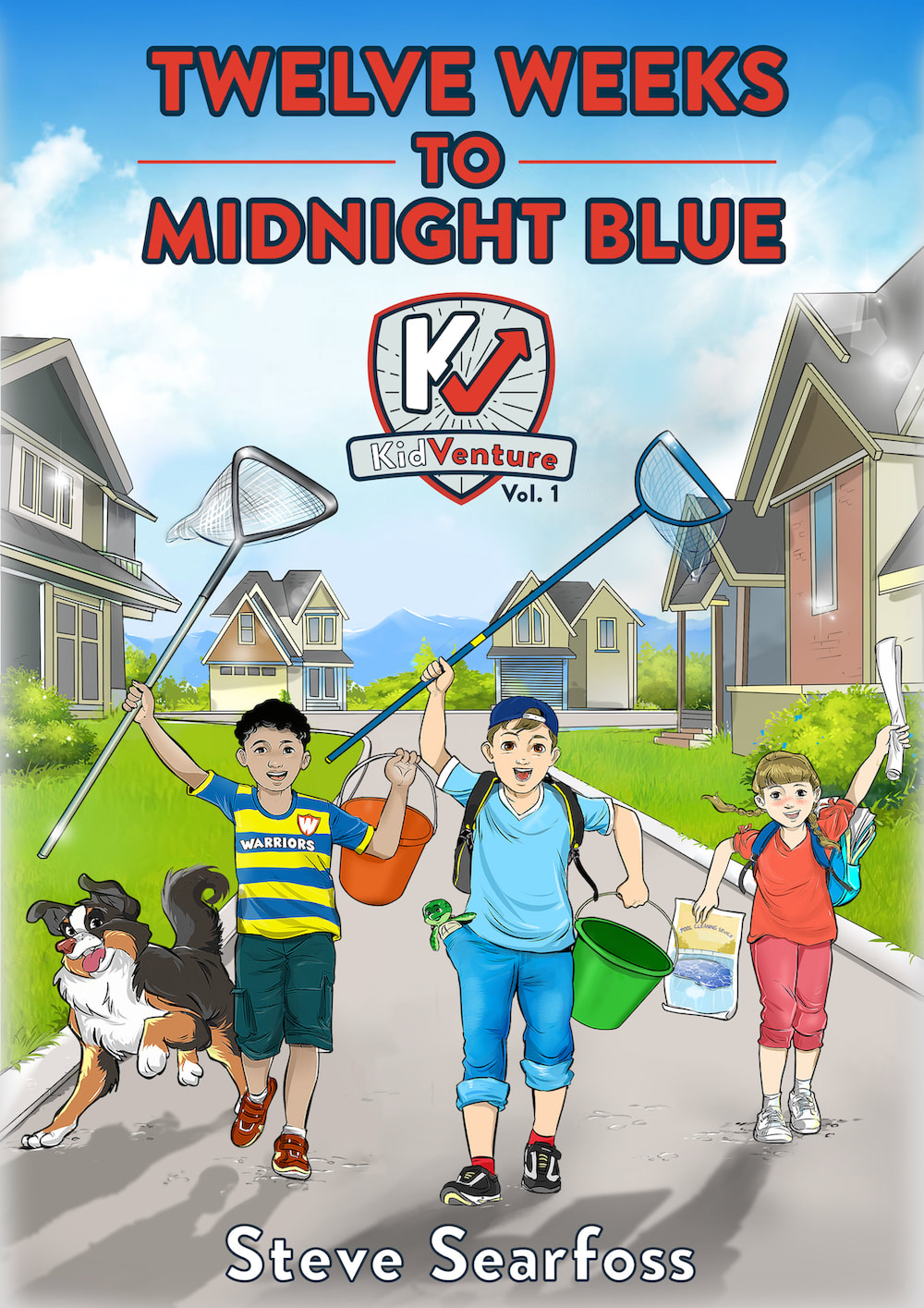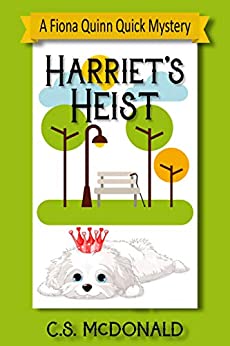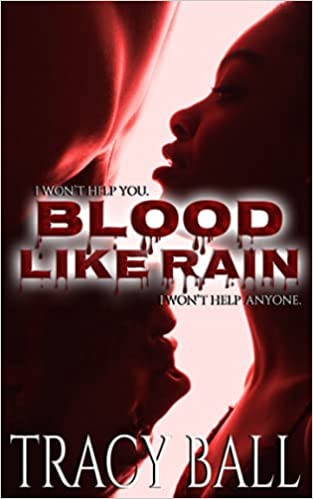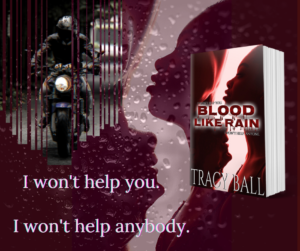KidVenture stories are business adventures where kids figure out how to market their company, understand risk, and negotiate. Each chapter ends with a challenge, including business decisions, ethical dilemmas and interpersonal conflict for young readers to wrestle with. As the story progresses, the characters track revenue, costs, profit margin, and other key metrics which are explained in simple, fun ways that tie into the story.
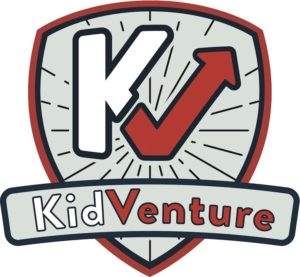 |
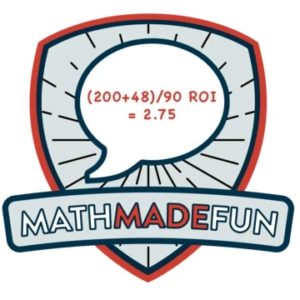 |
I received a complimentary copy of this book from iRead Book Tours. I voluntarily chose to read and post an honest review.
When Steve Searfoss said, “Math is your friend,” he couldn’t have been more correct. In business, you need to understand key terms such as profit and loss, expenses, and venture capitalist. These words and many other words used in KidVenture: Twelve Weeks to Midnight Blue (Vol. 1) would be perfect glossary and spelling words for a classroom setting.
Extended Activity: Have your students create a flyer like Addie did and present it to the class. Homeschool students can also partake in this activity!
Math lesson: Steve Searfoss offers various scenarios in which Chance can make more money by gaining more customers or increasing rates. He also discusses unexpected expenses. It’s broken down in a simple format. Extend the math lesson by importing your own prices and have the students solve the equations.
With all the possibilities for extended learning activities, I encourage ALL households and schools to add and use this book. It’s a great learning tool, plus the story is very entertaining. Even the illustrations are fantastic.
My score will be a 5, but I wish I could give it more. Outstanding job, Steve Searfoss.
1 (lowest) and 5 (highest)
Score:




 (deserves more)
(deserves more) 
I wrote my first KidVenture book after years of making up stories to teach my kids about business and economics. Whenever they’d ask how something works or why things were a certain way, I would say, “Let’s pretend you have a business that sells…” and off we’d go. What would start as a simple hypothetical to explain a concept would become an adventure spanning several days as my kids would come back with new questions which would spawn more plot twists. Rather than give them quick answers, I tried to create cliffhangers to get them to really think through an idea and make the experience as interactive as possible.
I try to bring that same spirit of fun, curiosity and challenge to each KidVenture book. That’s why every chapter ends with a dilemma and a set of questions. KidVenture books are fun for kids to read alone, and even more fun to read together and discuss. There are plenty of books where kids learn about being doctors and astronauts and firefighters. There are hardly any where they learn what it’s like to run small business. KidVenture is different. The companies the kids start are modest and simple, but the themes are serious and important.
I’m an entrepreneur who has started a half dozen or so businesses and have had my share of failures. My dad was an entrepreneur and as a kid I used to love asking him about his business and learning the ins and outs of what to do and not do. Mistakes make the best stories — and the best lessons. I wanted to write a business book that was realistic, where you get to see the characters stumble and wander and reset, the way entrepreneurs do in real life. Unlike most books and movies where business is portrayed as easy, where all you need is one good idea and the desire to be successful, the characters in KidVenture find that every day brings new problems to solve.


